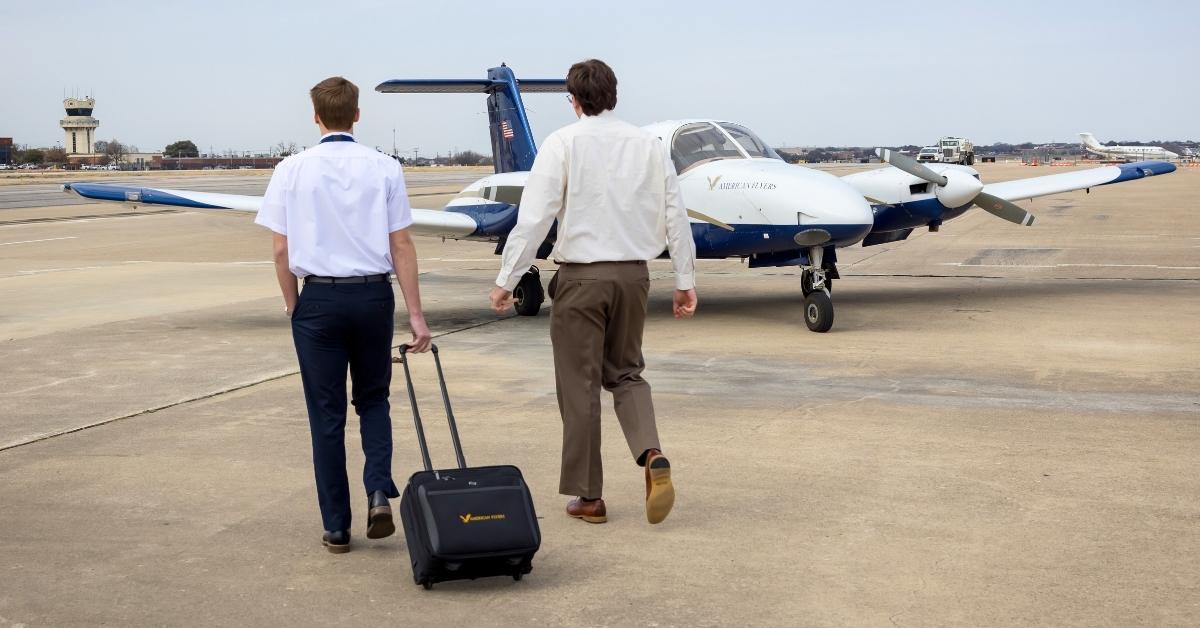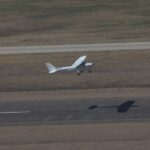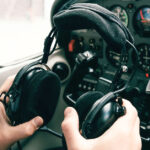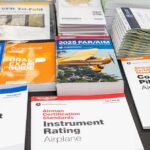By Mason Ross
It is finally time. You’ve completed the required dual instruction, solo flights, ground training, and written exam. Your flight instructor has endorsed you as “prepared for the practical test for the issuance of the certificate or rating” you’ve been training for. That endorsement wouldn’t be in your logbook unless your instructor was confident you were ready. So, what can you expect on checkride day?
First, you’ll work with a Designated Pilot Examiner(DPE). A DPE is an experienced pilot appointed by the FAA to conduct practical exams for pilot certificates and ratings. Many have backgrounds as instructors, airline or corporate pilots, or military aviators.
Sitting across from someone with that level of experience can feel intimidating. But the examiner isn’t there to make you feel small or flaunt their credentials. They’re there to ensure you can safely and competently demonstrate the skills required for the certificate or rating you’re pursuing. Remember, every examiner has taken the same test and sat in the same chair. They’re human too.
The DPE will follow a plan of action based on the Airman Certification Standards for your certificate or rating. This plan is customized for each test and often presented as a scenario a few days beforehand. It may include a flight plan, weight and balance, and other relevant details.
It’s common to ask other applicants what the examiner asked them to prepare, hoping to get a “gouge” on the test. While that’s not inherently wrong, it can be misleading. You’re not training for one specific test. You’re preparing to demonstrate your ability in any scenario. Leading up to the checkride, avoid rehearsing the same maneuvers in the same sequence just because “that’s what the examiner does.”
Now that you know what the exam entails and what the examiner’s role is, let’s review what you need to bring. Organize your materials into three categories: the plane, the pilot, and the paperwork. Check everything well before your test date.
First, the plane. Ensure the aircraft you’ll use has its airworthiness and registration certificates, current operating limitations, the pilot’s operating handbook or FAA-approved flight manual, and maintenance logbooks with up-to-date inspections. This is especially important if you’re meeting the DPE at an airport other than your own.
Second, the pilot. You’ll need current aeronautical charts and chart supplements, a flight computer, a completed weight and balance, a flight plan based on the checkride scenario, current airport diagrams, a current FAR/AIM, and a view-limiting device. Gather these materials ahead of time. Don’t wait until the last minute.
Finally, the paperwork. In addition to the examiner’s cash fee, make sure you bring your government-issued photo ID, your pilot certificate, and the original versions of your most recent medical certificate or BasicMed documents. Photocopies are not accepted. You’ll also need the original copy of your FAA written exam score report.
Your logbook should be accurate, totaled, signed on each page, and clearly show all training requirements, which should be tabbed or highlighted. Your instructor will help you complete FAA Form 8710-1 in IACRA and ensure all necessary endorsements are in your logbook. Bring any additional training records as well.
With everything in place, you’ll be ready to show what you’ve learned, complete your practical test, and walk away with your temporary airman certificate in hand.










